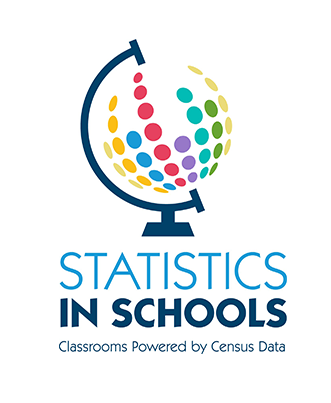GEOGRAPHY
|
Geography for Life: National Geography Standards
- Geography for Life was initially published in 1994 by the Geography Education National Implementation Project; the second edition was released in 2012.
- These standards represent the geography education community’s consensus on what students should know and be able to do in geography when they graduate from high school.
- They aim to help students gain a geographic perspective to better understand events around the world, why those events happen in certain places, and how to make decisions based on reason.
|
HISTORY
|
UCLA National Standards for History: U.S. History Content Standards and Historical Thinking Standards
- Developed from 1992 to 1996, the National Standards for History were created by the National Center for History in the Schools at UCLA under the guidance of the National Council for History Standards.
- These standards were created by classroom teachers, supervisors, state social studies specialists, chief state school officers, historians, and representatives of professional and scholarly organizations.
- The Historical Thinking Standards aim to build skills in the five interconnected dimensions of historical thinking: chronological thinking, historical comprehension, historical analysis and interpretation,historical research capabilities, and historical issues.
|
ENGLISH
HISTORY
SOCIAL STUDIES
|
Common Core State Standards for English Language Arts & Literacy in History/Social Studies, Science, and Technical Subjects
- These standards, published in 2010, were created by a group of educators and experts in various subjects.
- In 2009, the National Governors Association Center for Best Practices and the Council of Chief State Schools Officers began developing the Common Core State Standards — sets ofexpected knowledge and skills that represent what K-12 students should know and be able to do in math and English language arts and literacy. The literacy standards can be integrated into any history and social studies curriculum.
- The Common Core State Standards are used by teachers across the nation. Forty-two states and the District of Columbia have adopted at least some of these standards.
|
MATHEMATICS
|
Common Core State Standards for Mathematics and for Mathematical Practice
- SIS activities reflect both the Common Core State Standards for Mathematics and the Common Core State Standards for Mathematical Practice.
- The Common Core State Standards for Mathematics are for grades K-12. Standards for kindergarten through eighth grade are organized by grade level; standards for grades nine through 12 are organized by topic, such as statistics and probability.
- The eight Common Core State Standards for Mathematical Practice are not tied to specific grade levels or topics. These practice standards represent various “habits of mind” that mathematics educators should seek to develop in their students. The practices rest on “processes and proficiencies” with long-standing importance in mathematics education.
National Council of Teachers of Mathematics’ Principles and Standards for School Mathematics
- Published in 2000, these principles and standards address the essential components of a high-quality school mathematics program. They call for all students to have a common foundation of mathematics, outlined in the document.
- The Principles and Standards for School Mathematics, designed for all students from prekindergarten through grade 12, represent the first set of rigorous standards for college and career readiness in the 21st century
|
MATHEMATICS
AND STATISTICS
|
American Statistical Association’s Guidelines for Assessment and Instruction in Statistics Education
- Published in 2007 by the American Statistical Association, the Guidelines for Assessment and Instruction in Statistics Education (GAISE) represent a framework for statistics education in prekindergarten through 12th grade. GAISE was developed to complement the National Council of Teachers of Mathematics’ Principles and Standards for School Mathematics.
- GAISE provides a model for teaching statistics that includes three developmental levels (A, B, and C) organized by four key components: formulating questions, collecting data, analyzing data, and interpreting results.
|
SOCIOLOGY
|
American Sociological Association’s National Standards for High School Sociology
- Published in 2015, these standards are designed to assist teachers and administrators who want to develop high-quality, developmentally appropriate introductory sociology courses over one semester for students in ninth through 12th grades.
- These standards are organized by four learning domains; each represents a broad area of sociological knowledge and study appropriate for high school.
|









